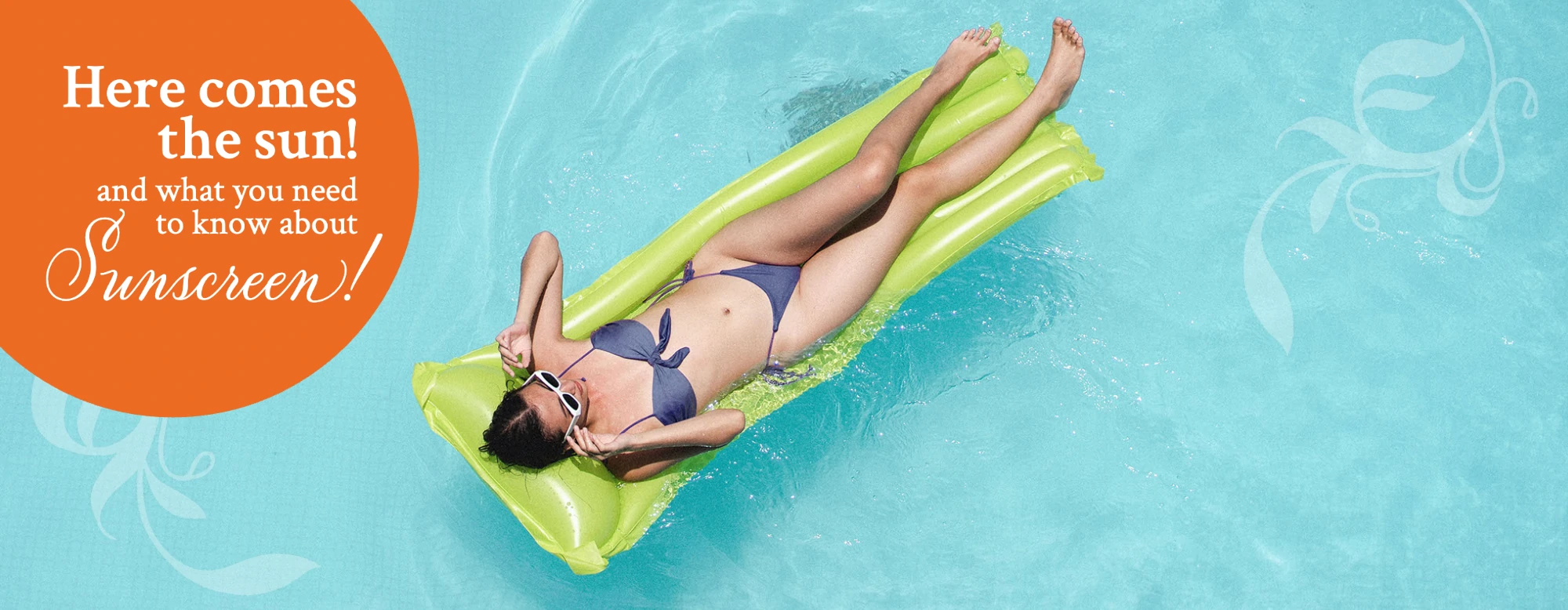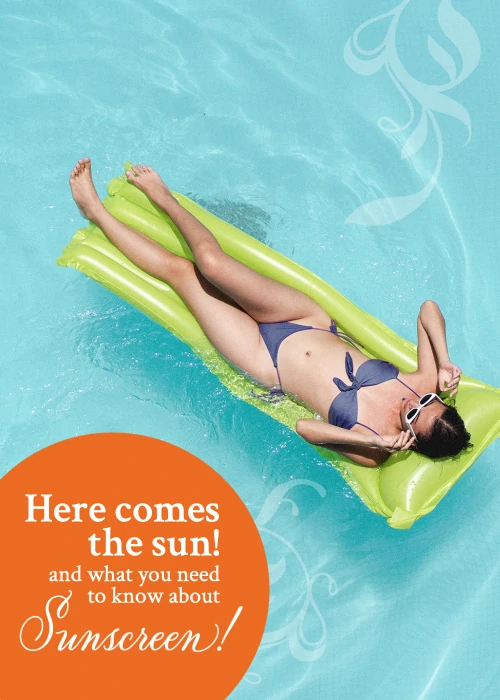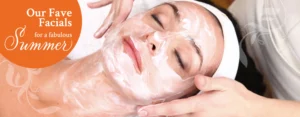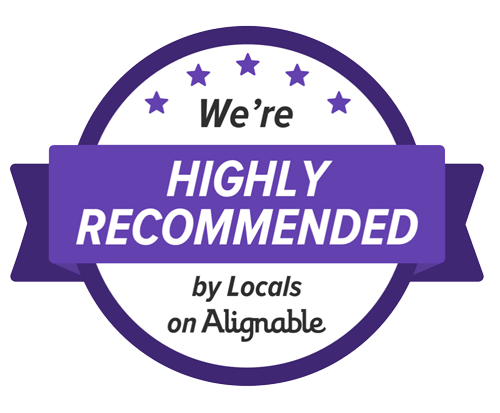It’s almost summer, and that means more time outdoors, living your best life with the sun as your personal backdrop. As much as we love the sun, however, there are many things you should know about how to protect yourself.
Today, we’ll take a quick look at facts surrounding sun protection and why you need it every day.
What is SPF?
SPF stands for sun protection factor. It’s essentially a measure of how much protection you get from the sunscreen you wear on your face or body. Products with an SPF of at least 30 can help protect your skin, including the delicate skin of your lips and face.
Sunscreen reduces the risk of cancer.
Here’s a hard fact: skin cancer rates on the ears, nose and feet have increased by 70% over the last 5 years! And exposure to ultraviolet radiation causes up to 90% of skin cancer cases. Reducing the amount of UV rays that make it to your skin is the best first-line preventative method out there. Using an SPF of at least 30 can slash your risk of squamous cell carcinoma by 40% and your risk of melanoma in half.
I’m Safe If I’m Inside, Right?
Wrong. When it comes to riding inside of a vehicle with tinted windows, those windows only block 3% of the UVA/UVB rays! Sunscreen must be worn while riding in a car.
Getting a sunburn once every two years triples your risk of skin cancer.
Even if you only burn once every other summer, your risk of melanoma is three times that of someone who never gets burned. Even if you get a “base” tan, you are still at risk. In fact, tanned skin is a sign of damage that means you’re opening yourself up to cancer-causing UV rays.
Zinc oxide is a natural mineral compound found in many high-quality, broad-spectrum sunscreens.
Zinc oxide is a natural mineral compound that reflects and scatters UVA and UVB rays, which work to age the skin and cause burning, respectively. Products utilizing zinc oxide are safe for the skin and absorb quickly for protection that doesn’t leave you streaky or covered in white patches.
The sun is at its strongest between 10 AM and 2 PM.
Noon might be your golden hour for lounging by the pool, but for the best sun protection, avoid being outdoors between 10 AM and 2 PM when the sun is at its highest. Instead, plan your yard work for early morning and your leisure time for later in the afternoon.
Apply sunscreen properly for the best protection
If you have trouble keeping track of the amount of sunscreen you’re using, follow this advice: spray for four passes back and forth to ensure you’re getting enough sunscreen to provide proper protection; rub your sunscreen in after spraying; don’t apply sunscreen in the wind.
Indoor tanning is NOT safer than outdoor tanning.
While we appreciate a beautiful sun-kissed glow, no type of tanning that utilizes UV rays is considered safe. In addition to increasing your risk of developing melanoma by more than 50%, tanning indoors can also make your skin age more quickly and leave you with dark spots, leathery skin, and wrinkles. In other words, a single summer as a bronze goddess is not worth the lifelong risk associated with those 20 minutes in a tanning bed.
Having naturally dark skin does not protect you from cancer.
While people of color have more melanin in their skin, which can offer some protection, having darker skin does not mean a person can’t get cancer. And although fair-skinned individuals get skin cancer 20 times more than their dark-skin counterparts, people of African-American descent are more likely to experience complications because of skin cancer.
Sunscreen has to be reapplied throughout the day.
Sunscreen is most effective when applied 30 minutes prior to sun exposure. Further, if you plan to be outdoors you MUST reapply your sunscreen every 90 minutes. Wearing UPF (Universal Protection Factor) clothing such as a long-sleeve shirt, pants, sunglasses, and a hat can offer further protection.
The sunscreen you wear on your face and body is your greatest ally against skin cancer and the aging effects of the sun. For the most beautiful skin year-round, wear a high-quality SPF that goes on clear and allows your beauty to shine through while protecting your skin today and for the future.
We carry and proudly recommend EltaMD® products!
Contact KLS Aesthetics today to find out more about our favorite sunscreen, and protect the skin you’re in without sacrificing your summer.











